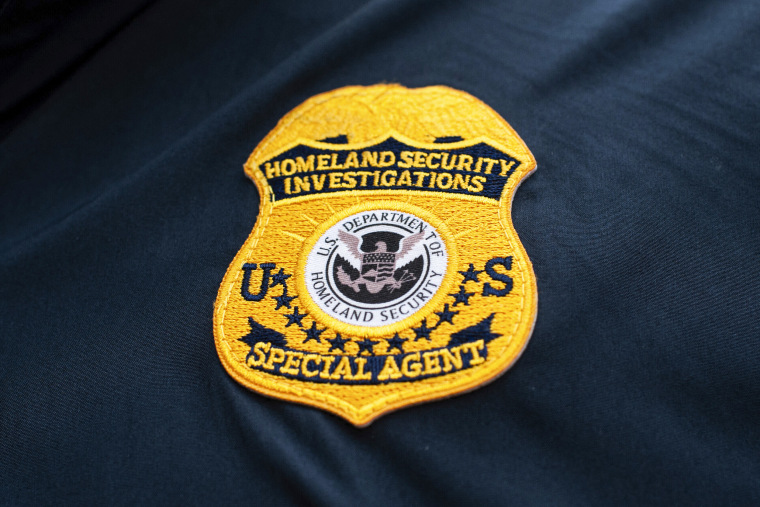
A triumphant mission, Operation Renewed Hope, orchestrated by more than a dozen international law enforcement agencies under U.S. guidance, has yielded heartening outcomes as HSI uncovers victims of child sexual exploitation. This three-week endeavor, commencing on July 17, delicately navigated explicit digital content involving minors, often lingering on the dark web or buried in archives, identifying approximately 311 young potential victims. Moreover, this effort has successfully rescued multiple survivors from ongoing torment.
The Homeland Security Investigations (HSI) unit, an integral facet of Immigration and Customs Enforcement, guided this mission. This cooperative endeavor united forces from the Justice Department, FBI, U.S. Marshals, Interpol, Europol, and 13 additional law enforcement bodies spanning Australia, Canada, Europe, and South America.
These critical breakthroughs emerged by integrating cutting-edge facial recognition and artificial intelligence technologies. Consequently, it is reinvigorating long-standing, unsolved cases and yielding fresh leads.
In the pursuit of identifying victims and pinpointing their locations, investigators collaborated with local law enforcement agencies. They disseminated their findings and forwarded over 100 leads to HSI field offices shared with 25 partnering nations. Remarkably, arrests have been effected in both Canada and the United States.
This commendable achievement follows closely on the heels of Operation Cross Country. This is a notable campaign that exposed numerous victims of child sex trafficking and implicated a slew of suspects.
Mike Prado, the deputy assistant director of HSI Cyber Crimes Center, expressed his astonishment at Operation Renewed Hope’s outcomes. He emphasizes that identifying children subjected to protracted abuse has exceeded even the loftiest expectations. He ascribes this success to AI-driven image enhancements and machine learning, which are instrumental in igniting investigations and confirming identities.
Aided by context cues extracted from images—such as indigenous flora, fauna, and even specific bird species—investigators adeptly geolocated material, thereby unearthing victims. Rescued survivors, encompassing those who suffered as infants or toddlers, are endowed with a support network to aid their recovery and facilitate their involvement in legal proceedings against their perpetrators.
Despite the emotionally taxing nature of their role, investigators hold onto hope due to the sizeable number of identified victims. HSI is responsible for overseeing over 60% of child sex abuse cases in the U.S. with an international dimension. Specifically, it has played an indispensable role in unearthing, rescuing, and apprehending those embroiled in child exploitation.
To summarize, HSI uncovers victims of child sexual exploitation in a multinational alliance. This move has achieved a momentous feat in locating and helping survivors of child exploitation. AI and Machine learning technologies have breathed new life into dormant cases. It has restored fresh hope into the lives of survivors, reigniting the quest for justice.
So, what’s next? How can the government further empower international collaborations like Operation Renewed Hope to amplify the discovery and assistance of child exploitation survivors?
What broader societal efforts could complement law enforcement actions, supporting survivors and ensuring a comprehensive approach to justice?
We would love to hear your thoughts!




